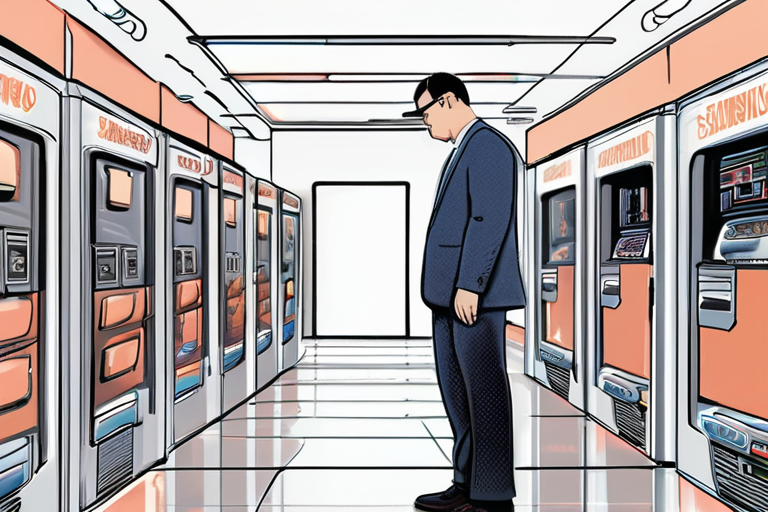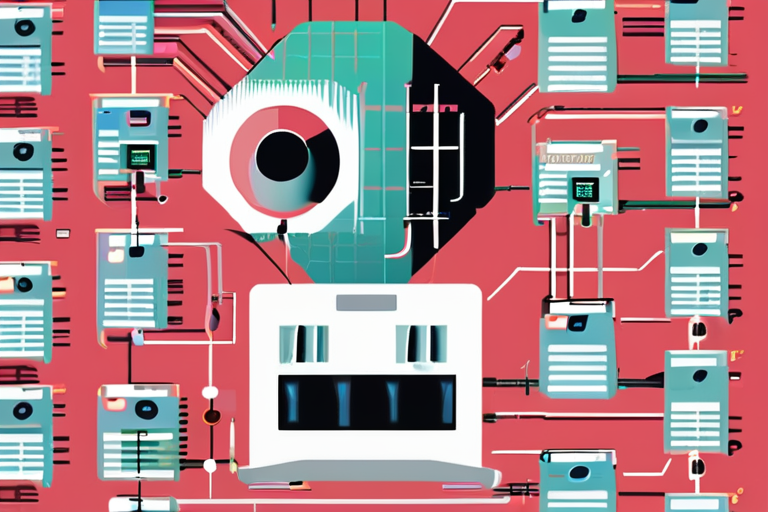The AI Industry's Scaling Obsession Is Headed for a Cliff
A new study from the Massachusetts Institute of Technology (MIT) suggests that the biggest and most computationally intensive artificial intelligence (AI) models may soon offer diminishing returns compared to smaller models. The research, published in a recent paper, maps scaling laws against continued improvements in model efficiency, revealing that it could become harder to wring leaps in performance from giant models.
According to Neil Thompson, a computer scientist and professor at MIT involved in the study, "things are very likely to start narrowing" within the next five to 10 years. This prediction comes as a reality check for the AI industry, which has been accustomed to burning massive amounts of compute to achieve incremental improvements.
The study's findings are based on the observation that efficiency gains have already begun to outpace scaling laws in some areas. For instance, DeepSeek's remarkably low-cost model, released in January, demonstrated significant performance improvements without requiring a corresponding increase in computational resources.
As it stands, frontier models from companies like OpenAI currently outperform those trained with significantly less compute from academic labs. However, the MIT team's prediction suggests that this gap may begin to close as efficiency gains continue to accelerate.
The implications of this study are far-reaching and have significant consequences for the development and deployment of AI systems. As Thompson noted, "the industry needs to rethink its approach to scaling and focus on developing more efficient models."
This shift in perspective is already underway, with researchers exploring new training methods like reinforcement learning that could potentially produce surprising new results.
The study's findings also raise important questions about the sustainability of current AI development practices. As the demand for compute resources continues to grow, it remains to be seen whether the industry can adapt to these changing circumstances without sacrificing performance or innovation.
In recent years, the AI industry has been characterized by a scaling obsession, with companies and researchers competing to build larger and more complex models. However, this study suggests that this approach may soon reach its limits.
As the field continues to evolve, it will be essential for researchers and developers to prioritize efficiency and sustainability alongside performance. By doing so, they can ensure that AI systems remain effective and responsible tools for society.
Background:
The concept of scaling laws in AI refers to the relationship between model size and performance. As models grow larger, their computational requirements increase exponentially, making them more difficult to train and deploy. However, recent advances in efficiency have allowed researchers to develop smaller models that achieve comparable or even superior performance.
Additional Perspectives:
Industry experts and researchers are already weighing in on the study's findings, with some expressing caution about the potential implications for AI development. "While this study highlights the importance of efficiency gains, it's essential to remember that scaling laws are not a fixed concept," said Dr. Rachel Kim, a researcher at Google Brain. "We need to continue exploring new methods and architectures that can push the boundaries of what is possible."
Current Status:
The AI industry is currently grappling with the implications of this study, with some companies and researchers already adjusting their strategies to prioritize efficiency and sustainability.
As Thompson noted, "the next decade will be crucial in determining the future of AI development. We need to work together to create a more sustainable and responsible approach that balances performance with efficiency."
Next Developments:
The MIT team's study is just one of several recent research papers exploring the relationship between scaling laws and efficiency gains. As researchers continue to investigate new methods and architectures, it remains to be seen how the industry will adapt to these changing circumstances.
One thing is certain, however: the future of AI development will require a more nuanced understanding of the trade-offs between performance, efficiency, and sustainability.
*Reporting by Wired.*



 Hoppi
Hoppi

 Hoppi
Hoppi

 Hoppi
Hoppi

 Hoppi
Hoppi

 Hoppi
Hoppi

 Hoppi
Hoppi











